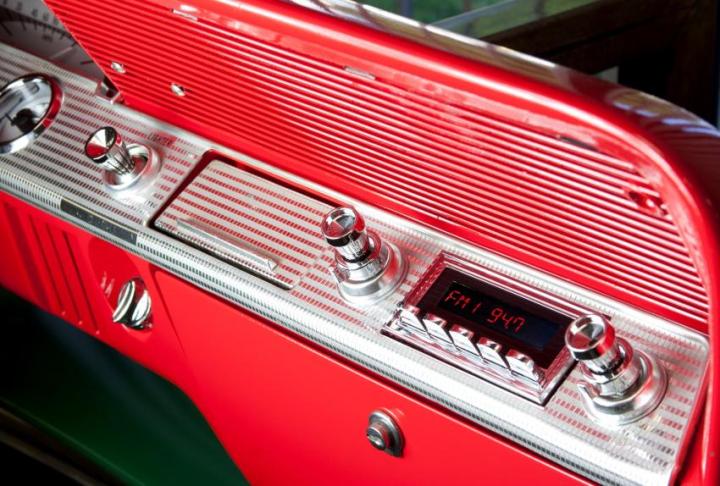
The problem for the industry, in a nutshell, is that young people don’t listen to the radio. Young millennials only spend 12 percent of their listening time on radios, according to a 2016 Music Business Association study. On-demand streaming, such as Spotify or Apple Music, account for more than half of Generation Z’s daily listening.
People have been predicting the demise of radio forever, but there’s no denying that the quality and selection is different music is far superior to analog FM.
There’s one place where radio is still king, however: in our automobiles. According to a 2015 Nielsen report, at least once a week 245 million people tuned in to the radio. But the average car was more than 11 years old in 2016, according to the Department of Transportation. Newer cars have digital options, from smartphone integration to services like Sirius.
Other highlights of the report:
- Young people aren’t discovering new music on radio: “Younger music fans are increasingly turning to sites like YouTube to find new artists and songs, leaving radio in the lurch.”
- New revenue models: “Broadcast stations pay no royalties to record labels for the use of master recordings.”
- Gaming the ratings: “Nielsen’s current system, reliant on Portable People Meters (PPMs) in top markets, fails to take into account the passion a listener feels toward specific stations [and] under-samples younger and ethnic demographic groups.”
The National Association of Broadcasters, unsurprisingly, takes issue with some of the conclusions in Miller’s report: “Millions of Americans rely on radio for information and entertainment every week. Nielsen data affirms radio’s continued vitality. In the face of a constantly shifting media landscape, radio continues to have the broadest weekly reach among all media.”
You can read the full PDF report here: Paradigm Shift: Why Radio Must Adapt to the Rise of Digital.


